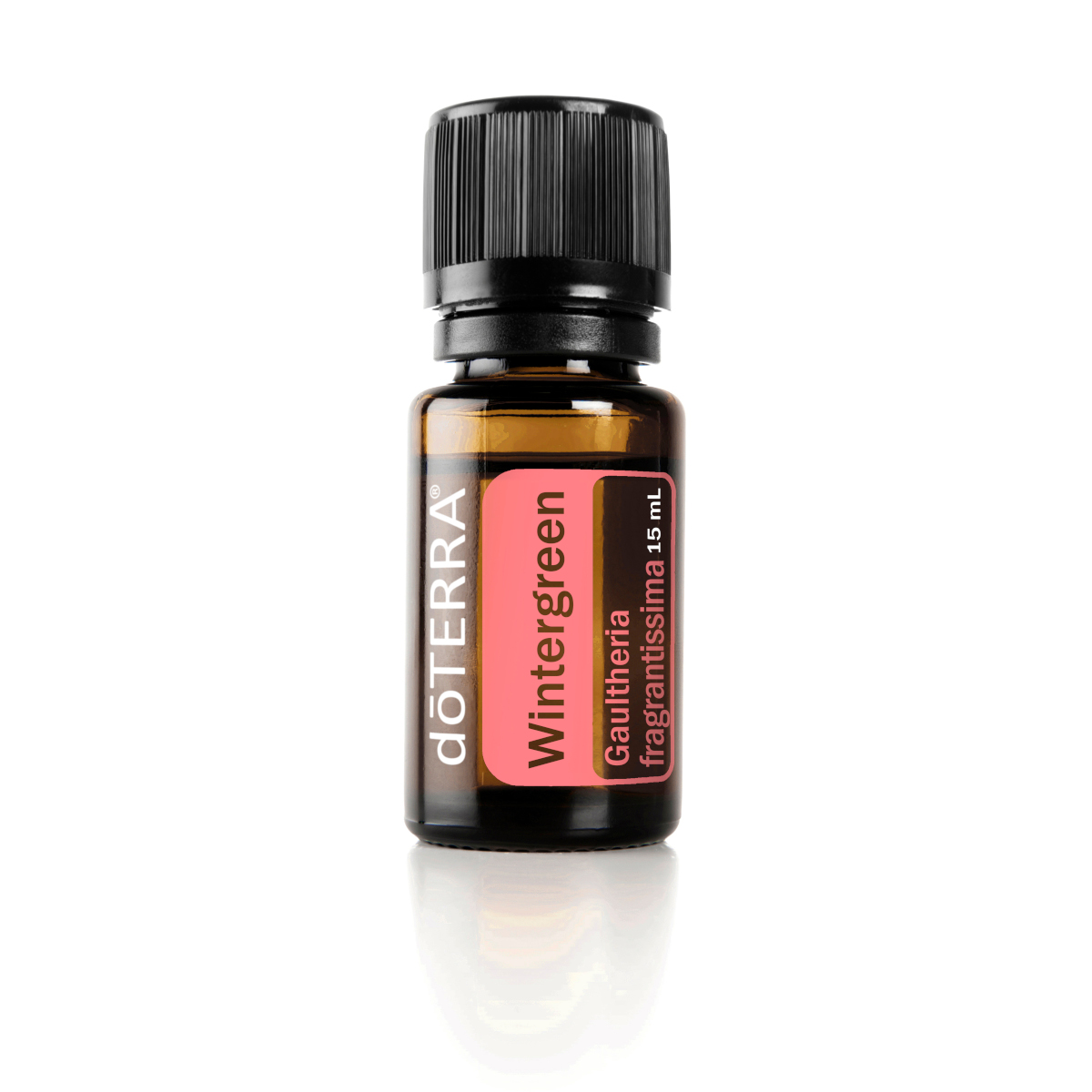Wintergreen essential oil is derived from the leaves of a creeping shrub found in coniferous areas. The main chemical component in Wintergreen, methyl salicylate, is used in topical creams and massage blends because of its soothing properties to the skin. In fact, Wintergreen and Birch are the only plants in the world that contain methyl salicylate naturally. When diffused, Wintergreen has a refreshing, uplifting aroma to help enliven the senses. Through doTERRA’s Co–Impact Sourcing initiative, our Wintergreen comes from Nepal where it is wild harvested by rural villagers then distilled by community-owned distillation facilities. This process helps create increased economic opportunity for very remote regions in rural Nepal.
Uses
- Wintergreen has a warming effect when applied to skin and is excellent to use as a soothing massage. A little goes a long way, so use sparingly and dilute with a carrier oil to minimise any skin sensitivity.
Directions for Use
Diffusion: Use one to two drops in the diffuser of choice.
Topical use: Apply one to two drops to desired area. Dilute with a carrier oil to minimise any skin sensitivity. See additional precautions below.
Cautions
Keep out of reach of children. Not for internal use. Possible skin sensitivity. Avoid contact with eyes, inner ears, and sensitive areas. If pregnant or under a doctor’s care, consult your physician.
First Aid: “For advice, contact a Poisons Information Centre (e.g. phone Australia 13 11 26; New Zealand 0800 764 766) or a doctor (at once)”. If swallowed, do NOT induce vomiting. If in eyes wash out immediately with water.
Everyone is different and reactions to fragrances such as essential oils are no different. For some people (neurodiverse and neurotypical) using essential oils is highly supportive, however it is good to be aware that around 30% of the neurotypical population are sensory sensitive (but not necessarily to smell) and a higher rate (but not all) neurodiverse individuals have sensory sensitivities (again this is general sensory sensitivities, not necessarily to smell). So when planning to use any fragrance, including essential oils, particularly when diffused into a shared environment, we would encourage you to consider the potential for sensory and/or allergy sensitivities of those that will be using the space.






